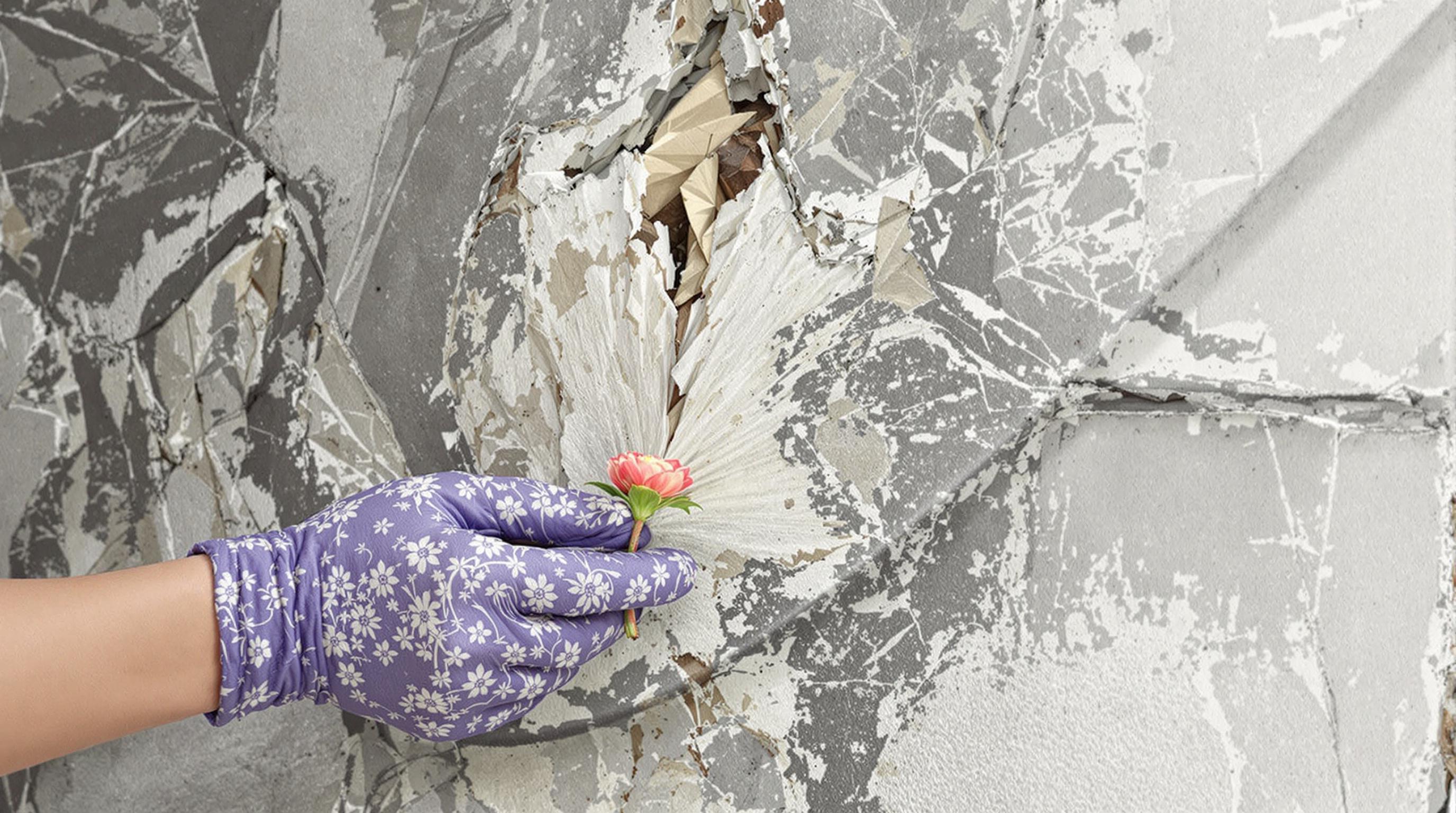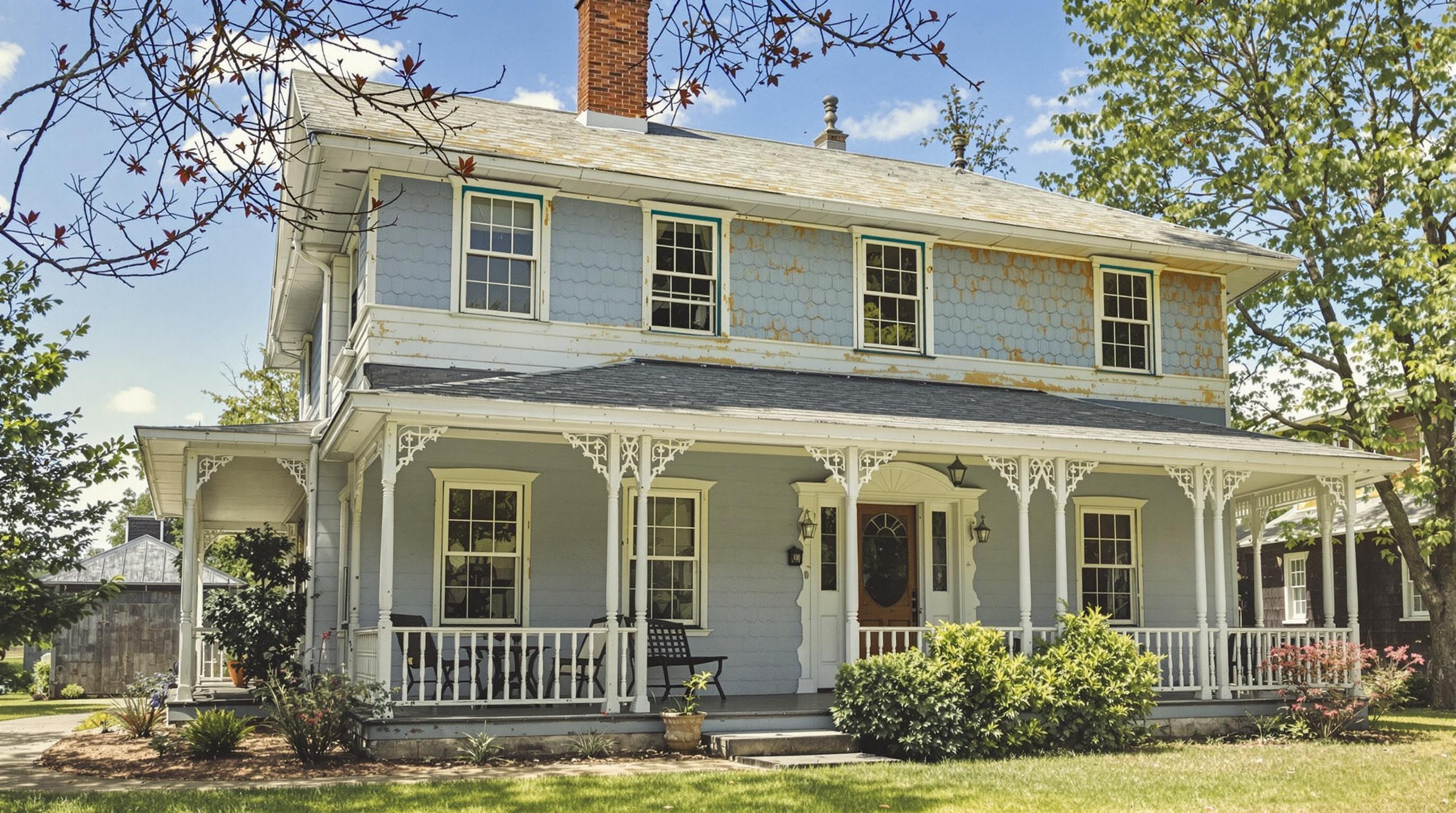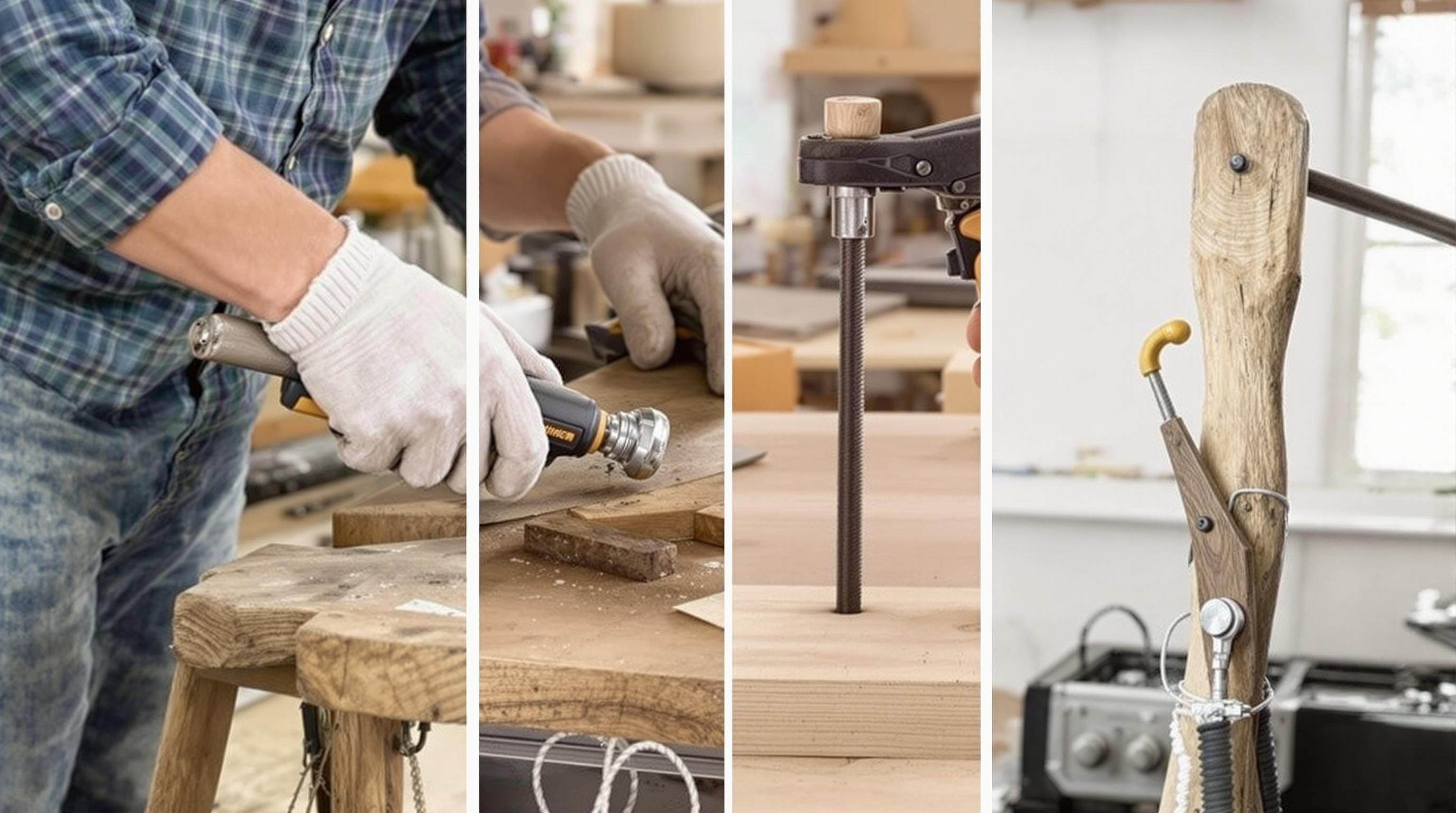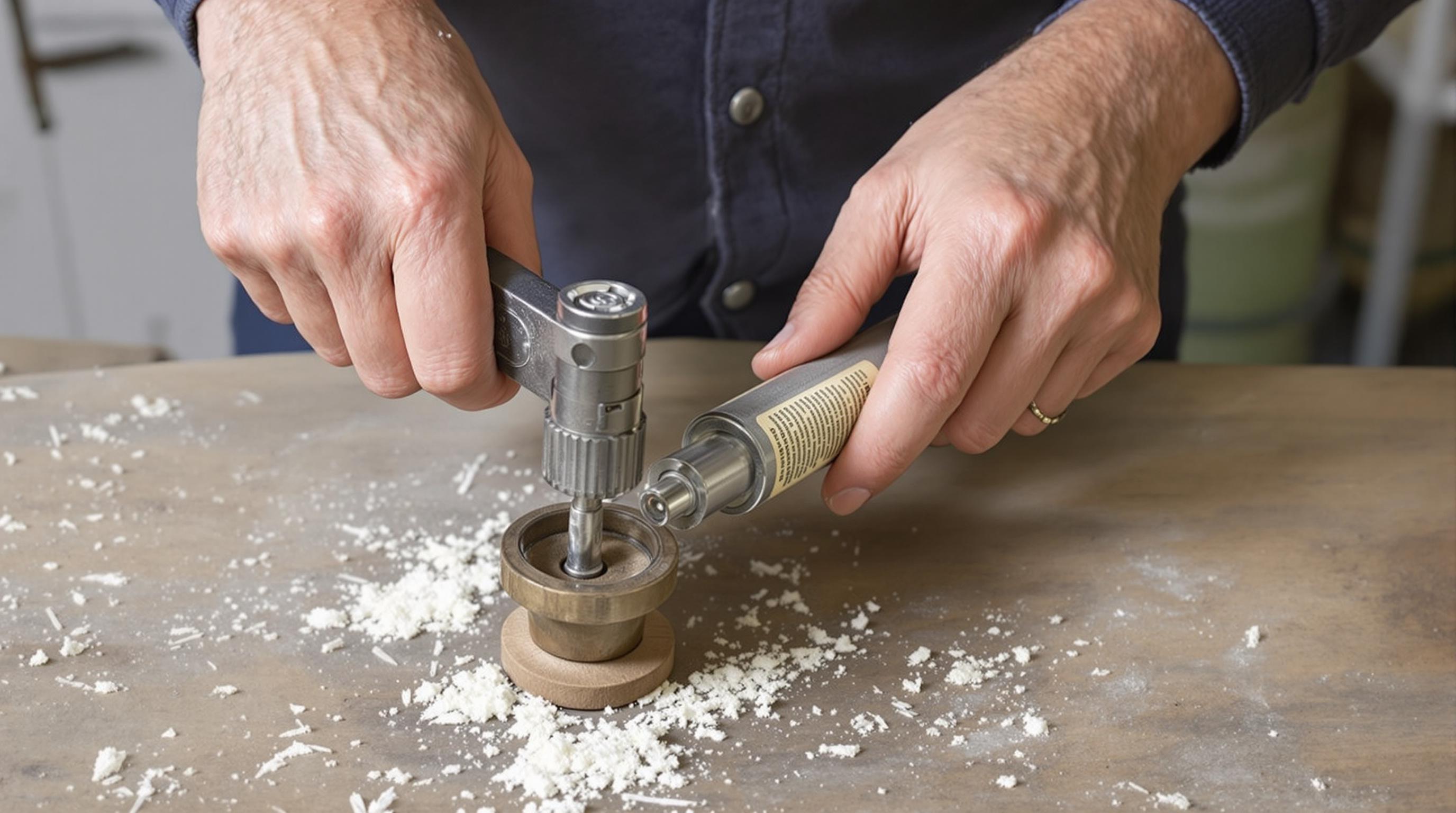Related Articles
- The Hidden Influence of Ergonomics: How Tool Design Shapes Our Physical Spaces and Daily Lives
- The Silent Influence: How Hidden Home Implements Shape Our Daily Routines and Spaces
- The Counterintuitive Role of Chaos: How Messy Tool Storage Can Lead to Unexpected Home Innovations
- Exploring the Unseen: How Audio Experiences Shape the Art of Domestic Spaces and Color Perception
- Rethinking the Mundane: How Everyday Objects are Becoming the Canvas for Modern Artistic Expression in Home Spaces
- Cultivating Chaos: The Surprising Benefits of Embracing Weeds in Your Garden Ecosystem
6 Unexpected Home Repair Solutions Borrowed from Nature: Employ Eco-Friendly Tactics for Lasting Home Improvements!
6 Unexpected Home Repair Solutions Borrowed from Nature: Employ Eco-Friendly Tactics for Lasting Home Improvements!
6 Unexpected Home Repair Solutions Borrowed from Nature: Employ Eco-Friendly Tactics for Lasting Home Improvements!
1. Mycelium as Insulation
Mycelium, the root structure of fungi, has gained attention as a sustainable alternative for insulation. This natural material is not only biodegradable but also provides impressive thermal insulation properties. Companies like Ecovative Design have led the way in demonstrating how mycelium can be cultivated and used to create insulation panels that effectively regulate temperature while reducing energy costs.
The unique structure of mycelium helps trap air, which makes it a viable option for homes looking to increase energy efficiency. Its natural resistance to fire and pests adds an extra layer of safety, making it an ideal choice for eco-conscious homeowners. Additionally, by opting for mycelium-based insulation, you contribute to the reduction of harmful chemicals often found in traditional insulating materials.
Incorporating mycelium into your home renovation not only embodies sustainable living but also enhances home comfort. As we learn more about the capabilities of natural materials, mycelium stands out as a promising alternative that could revolutionize the insulation industry.
2. Bamboo as a Building Material
Bamboo is renowned for its strength and flexibility, making it an excellent sustainable building material for various home repairs. This rapidly renewable resource grows up to three feet a day, making it one of the fastest-growing plants on earth. Its unique properties allow bamboo to replace traditional materials in everything from flooring to structural beams, with a significantly lower carbon footprint.
Using bamboo in home repairs not only contributes to environmental sustainability but also provides a distinctive aesthetic appeal. The warm tones and natural patterns of bamboo add character to any space, creating a cozy atmosphere. Moreover, with proper treatment, bamboo is highly durable, resistant to moisture and pests, and can last for years with minimal maintenance.
As the demand for sustainable building materials rises, bamboo represents a smart choice for the eco-conscious homeowner. Investing in bamboo can lead to lasting home improvements that merge sustainability with style, showcasing a commitment to a better environment.
3. Mineral-Based Paints
While traditional paints often contain volatile organic compounds (VOCs) that can be harmful to your health and the environment, mineral-based paints provide a non-toxic alternative. Comprised of natural minerals and pigments, these paints are not only safe for indoor air quality but also effective at providing a durable and resilient finish.
Mineral-based paints offer a unique advantage in terms of breathability, helping to regulate moisture levels within your home. This can prevent mold growth and contribute to a healthier living space. Additionally, they adhere well to various surfaces and can withstand changes in temperature and humidity, making them ideal for both interior and exterior applications.
By choosing mineral-based paints for your next home repair project, you significantly reduce your ecological footprint. These paints are a step toward a greener home while still delivering aesthetic and practical benefits that enhance the quality of your living space.
4. Recycled Plastic as Flooring
Recycled plastic has emerged as a revolutionary material for creating eco-friendly flooring options. By repurposing plastic waste, manufacturers are turning harmful pollutants into durable, attractive flooring solutions. This approach not only conserves natural resources but also diversifies the options available for homeowners.
The durability of recycled plastic flooring is impressive, as it can withstand heavy traffic, moisture, and significant wear and tear. Additionally, it requires minimal maintenance and can offer superior resistance to stains and fading. Homeowners can choose from various styles and colors, allowing for creative design possibilities without compromising environmental ideals.
Using recycled plastic flooring can also inspire more sustainable choices in other areas of home improvement. This innovative approach sets a precedent for future eco-friendly projects, making each renovation an opportunity to contribute to environmental preservation.
5. Living Roofs
Living roofs, or green roofs, are a unique approach that incorporates vegetation into the roofing system of a home. This natural insulation method not only offers a stunning visual impact but also significantly enhances energy efficiency. By growing plants on your roof, you create a barrier against heat in summer and cold in winter, leading to reduced energy consumption.
Beyond energy savings, living roofs provide numerous ecological benefits, such as improved air quality and habitats for urban wildlife. They help manage stormwater runoff, reduce the urban heat island effect, and promote biodiversity. Implementing a living roof can make a meaningful statement regarding environmental consciousness and community well-being.
Installing a living roof may seem daunting, but there are various prefabricated systems available to simplify the process. With proper planning and care, a living roof can be a rewarding home improvement project, combining aesthetic appeal with substantial environmental benefits.
6. Natural Sealants
Instead of using synthetic sealants that may contain harmful chemicals, natural sealants provide a safe and effective alternative for home improvement projects. Made from plant oils and resins, these eco-friendly options serve to protect wood and other materials while promoting a healthier indoor environment.
Natural sealants often possess exceptional water-resistant properties and can enhance the durability of surfaces without compromising air quality. Available in various finishes, they allow homeowners to maintain the natural beauty of their materials while safeguarding against moisture damage and wear.
By choosing natural sealants, you not only protect your investments but also contribute to the broader movement towards sustainability in home improvement. This approach underscores the importance of making informed choices that align with eco-friendly principles while achieving lasting results.
Conclusion
The fusion of nature and home repair provides innovative, sustainable solutions that contribute to lasting improvements. By opting for materials and methods inspired by the natural world, homeowners can reduce their ecological footprint while enhancing their living spaces. From mycelium insulation to recycled plastic flooring, these solutions illustrate how we can turn to nature for inspiration in creating healthier homes.
As we navigate the challenges of sustainable living, these unexpected home repair solutions offer practical ways to embrace an eco-friendly lifestyle. Incorporating such innovations into your home not only improves your living environment but also strengthens your commitment to a greener future.
In conclusion, the benefits of borrowing repair solutions from nature extend beyond aesthetic enhancements. They represent a holistic approach to home improvement that prioritizes sustainability, health, and overall well-being. By embracing these tactics, we invest in our homes and the planet.




